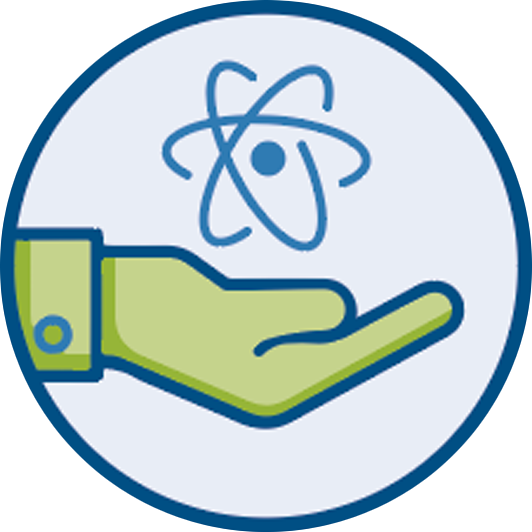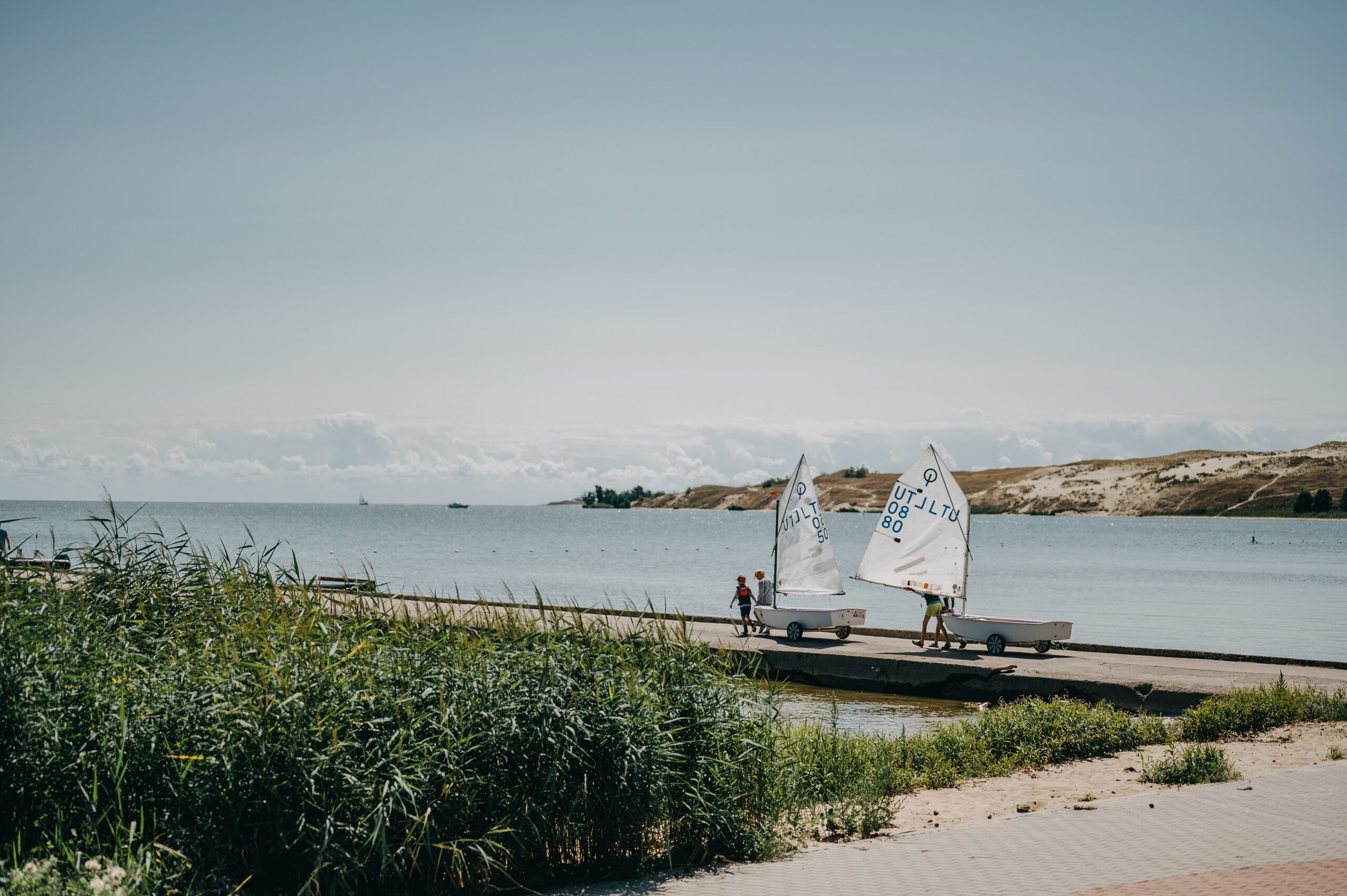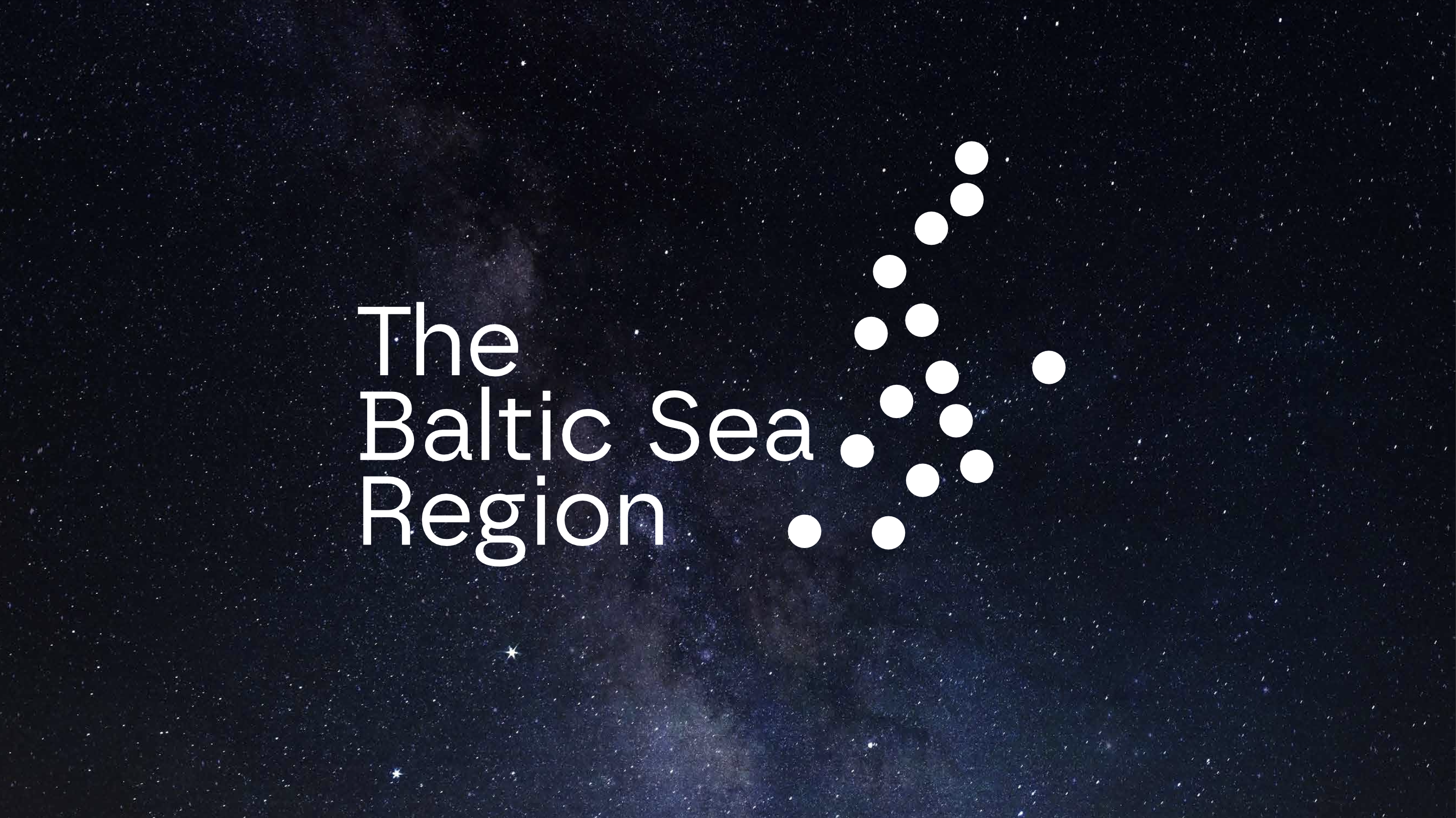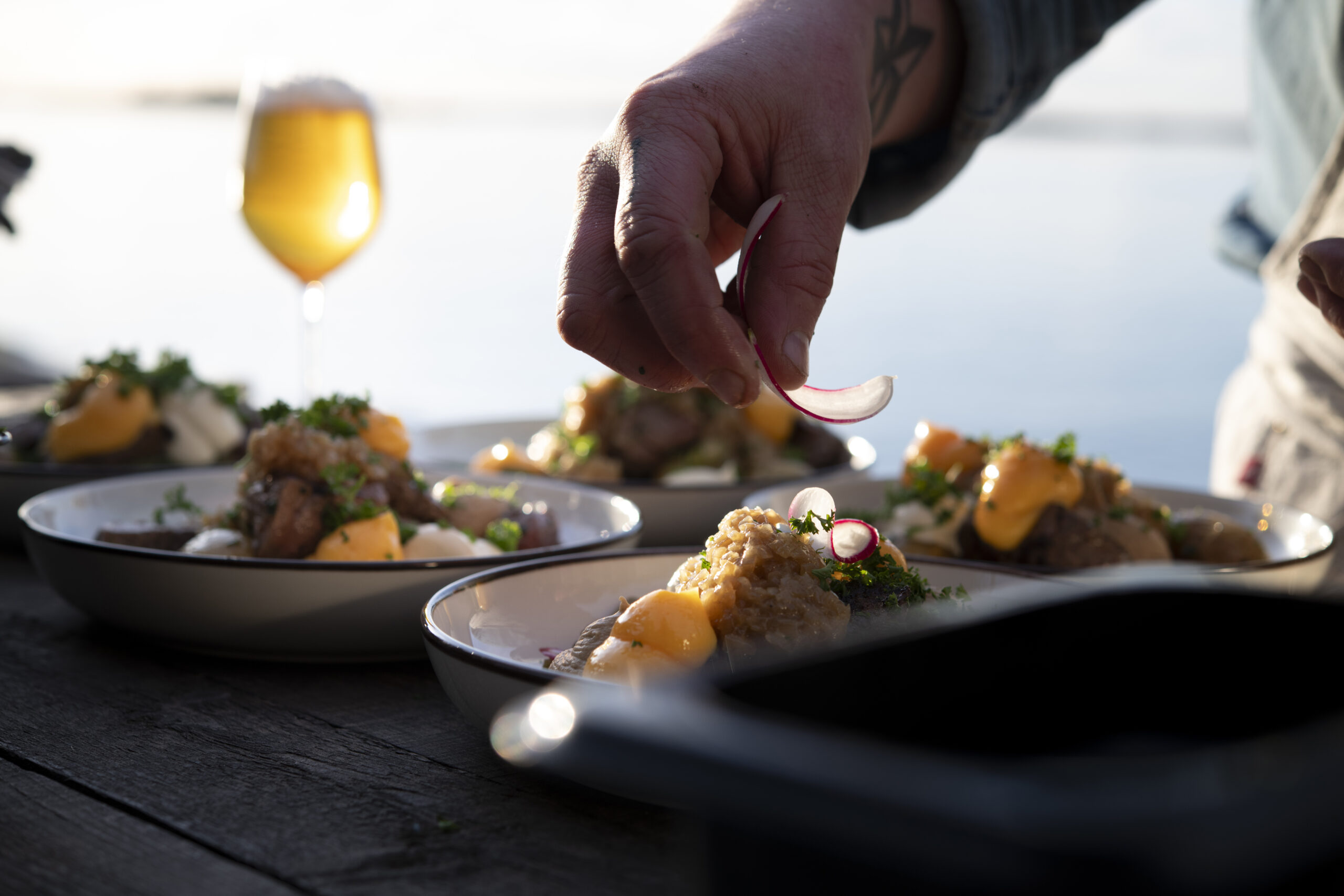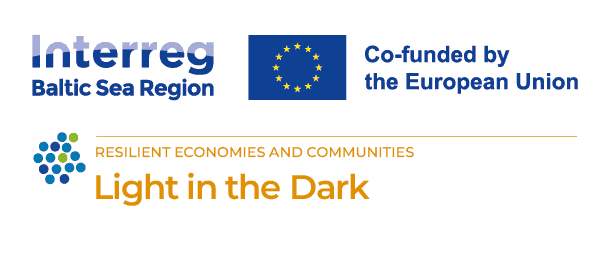
Light in the Dark: Positioning the Baltic Sea as the "Northern Mediterranean"
25 April 2025
The challenges of seasonality in the northern Baltic Sea Region have long been significant. The darker months have traditionally meant closed businesses and limited tourism opportunities, despite the region’s extraordinary natural potential.
“One of the main challenges in the Baltic Sea Region is that tourism remains highly seasonal – most travelers arrive during the summer months, explains Anna Upsava, Project Manager at Kurzeme Planning Region. “As a result, many businesses generate income only for a short period of time, while services are limited or unavailable for the rest of the year.”
The Light in the Dark project addresses this challenge by uniting destination management organizations (DMOs) and small and medium-sized enterprises (SMEs) from five different countries around the Baltic Sea to create a transnational concept that reframes darkness and silence as assets rather than limitations.
Competition in the tourism industry is fierce. The challenge is to differentiate, to create attractive products that resonate with customers, emphasizes Mats Selin, Project Manager at Visit Kotka Hamina. There are wonderful destinations in the Baltic Sea Region. Now they need to be made visible.”
The transnational collaboration has been crucial to the project’s success. By working across borders, the project partners are developing a cohesive Baltic Sea identity, while preserving the unique local characteristics that make each destination special. The concept positions the region as a “Northern Mediterranean” — one unified destination that offers many distinct experiences and flavors. This collaborative approach ensures that visitors can appreciate both the shared regional identity and the diverse local offerings throughout the northern Baltic Sea area.
“The project has strengthened cross-border cooperation and connected a wider area – the entire Baltic Sea Region”, notes Anna Upsava. “It supports countries and regions with similar challenges, and works toward a shared goal of encouraging visitors to stay longer in the region, rather than focusing on individual destinations.”
The project focuses on the authentic appeal of the region during quieter seasons, rather than competing against sunny destinations or trying to reproduce summer-like experiences.
“Travelers looking for peace, nature, and authenticity will find more opportunities to explore the region in a calm and meaningful way, Anna Upsava elaborates. “In the long term, the whole region will benefit from a more balanced visitor flow, stronger local economies, and a shared belief that we can successfully offer and promote what is naturally ours – the sea, the forest, the silence, and everyday life at a slower rhythm.”
The concept development has included extensive market research with 5 000 potential visitors across Europe, revealing a growing segment of travelers, specifically seeking authentic, sustainable off-season experiences. The participating SMEs have transformed these insights into concrete offerings that are being tested through transnational pilots during 2025.
“The SMEs have created tailored activities that highlight the region’s natural beauty and cultural heritage during fall, winter, and spring, highlights Sintija Pusaudze, Board Member at Liepāja Travel. “Travelers seeking unique, nature-based experiences during quieter seasons will enjoy tailored offerings and less crowded destinations.”
As the project continues, the Light in the Dark concept is proving that the northern Baltic Sea region doesn’t need to hibernate during the darker months. By collaboratively creating a unified approach to marketing authentic off-season experiences, tourism businesses are building resilience and discovering that sometimes less truly is more.



